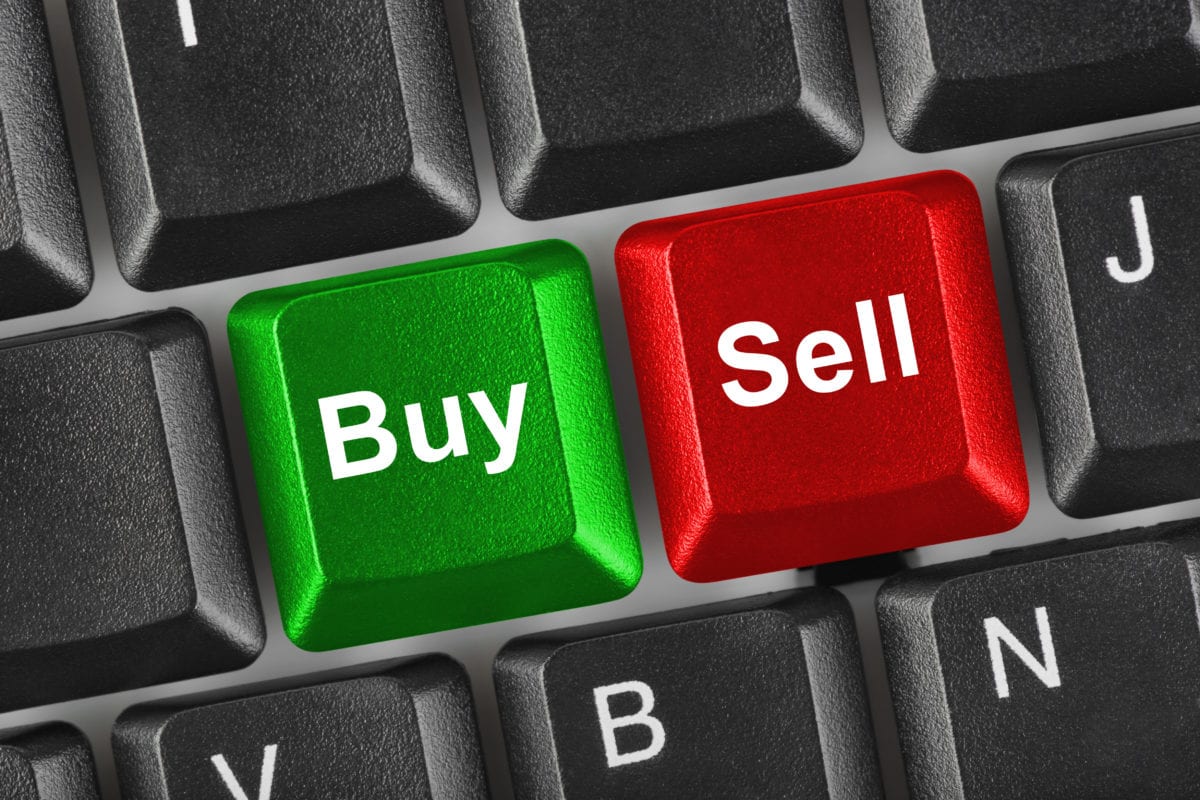Physical Address
304 North Cardinal St.
Dorchester Center, MA 02124

Let’s say you want to buy some brownies. You go to the store. Lay down some cash. Or a credit card. And once that transaction is complete, you’re the proud owner of those yummy brownies.
It’s the normal way we buy stuff.
Buying (or selling) stocks ain’t that straightforward. There are a number of different “order types” available for when you buy and sell stocks. Knowing what they are and how to use them can goose your investing returns quite nicely.
Below is an overview of the most common stock order types. We cover them in more depth in other articles (linked to below).
This is the most common type of order. A market order is an order to buy or sell a stock immediately (assuming the market is open when you place the order).
The downside of market orders is you don’t know exactly what price you’ll buy/sell the stock for. Now, assuming the stock you’re trading is heavily traded, your market order will be pretty close to the stock prices you see quoted by your broker.
Let’s say you want to buy some Tesla stock and see it’s at $850 a share. You’ll most likely buy/sell the stock within $0.50 or so above or below that price if you use a market order.
For more lightly traded stocks, you may end up with a price much further away from the quote price than +/- $0.50.
But, either way, you place a market order, you can be pretty well sure your order will be filled. Which, if your main goal is to get in or out of a stock, makes the market order a great choice.
Where a Market Order guarantees your order will be executed but not the price you get, a Limit Order is the opposite.
A limit order lets you set a price you want to buy/sell a stock at. But it doesn’t guarantee your order will be placed.
Let’s go back to Tesla. Again, let’s say the price per share is $850. You think that’s too much. But you think if it goes down to $800, it’s a better buy. You would then place a Limit Order for Tesla at $800.
If the stock drops to that level at some point in the future, your order will be filled. However, if Tesla stock takes off faster than a Tesla Model S in Ludicrous mode and never comes back down again, your order will not be filled.
This is a handy type of order to know about. It’s commonly used by investors to lock in profits for stocks they’ve made money on.
Let’s say you bought a stock at a price of $100 a share. Right now it’s up to $150 a share so you’re sitting on a 50% return (good on ya!).
You hope the price will keep goin’ on up. But, just to make sure you make a profit, you put in a stop loss order of $120.
If the stock price drops down to that level, your stop loss order will become active, turn into a market order and you’ll sell your shares around $120. This guarantees you at least a 20% return on your investment.
The Stop Limit Order sounds similar to a Stop Loss order. And it works like one too. Sorta. The difference is that it triggers a Limit Order for your sale instead of a Market Order.
The trailing stop order is a good way to lock in your gains while limiting your losses.
With this kind of order you set a stop price. But instead of specifying a specific price, you set it as a spread (either in terms of dollars or a percentage) below the current price. An example is in order to make this clear as mud…
You buy shares of a stock at $100 a share. Right now, the price is at $150. You want to make at least a 40% return on your investment. But you want to make an even bigger profit if the stock keep going higher.
In this case you can set a Trailing Stop order for $10 a share. So, if you place that Trailing Stop order at $150, if the stock drops to $140 ($10 below where you place the Trailing Stop), the order converts to a Market Order and you sell for a 40% return.
Let’s say your stock continues to go up and reaches $200 a share. If it then falls back down to $190 a share (and you still have your Trailing Stop order in place), your order will execute and you’ll end up taking home a 90% return.
There are a few other things to keep in mind when you place stock trades. Mainly how long the orders (excluding Market Orders) you place are good for. There are two main options here…
Day Order
Many stock order types default to Day orders. This means at the end of the trading day your order will expire. If you want the same order in place the next day, you’ll have to place the same order again.
Good Til Canceled
This is an order that’s active until you cancel it. However, most brokerages only keep Good Til Canceled orders active for 90 or 180 days. After that time you’ll have to place them again.